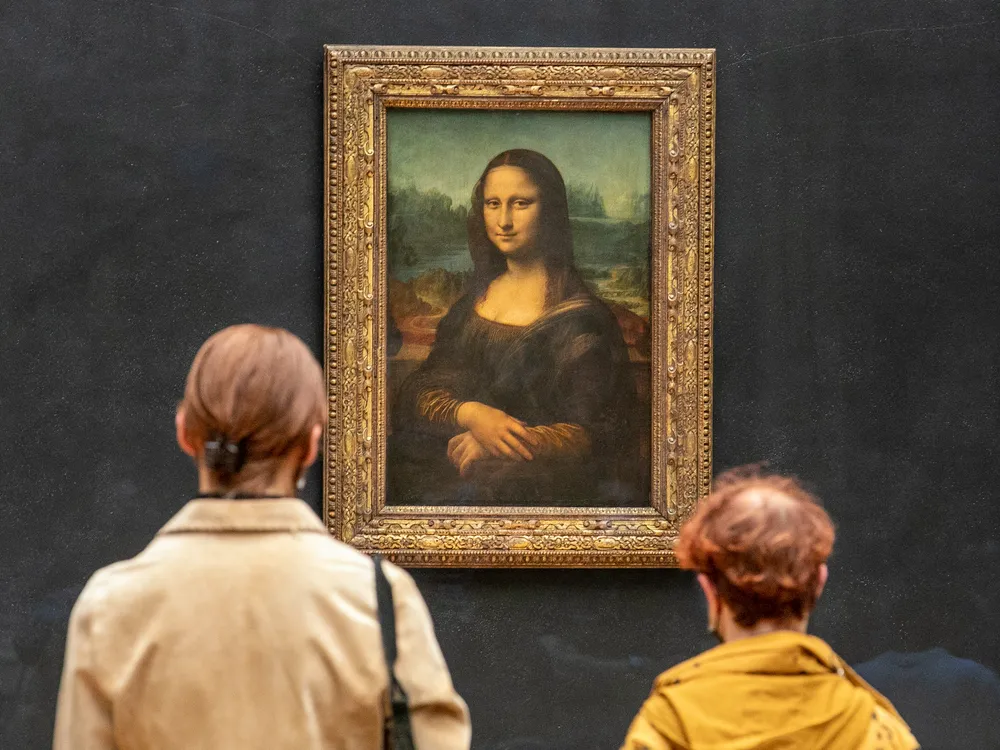In a move that could reshape the very fabric of the Louvre Museum experience, Laurence des Cars, the institution’s president, has confirmed plans to consider relocating the Mona Lisa to a separate space within the museum.
The decision, prompted by the overwhelming influx of visitors flocking to catch a glimpse of the iconic painting, reflects a growing concern over the detrimental effects of over-tourism on both the artwork and the museum’s broader collection.
For decades, the Mona Lisa has stood as a beacon of artistry, drawing millions of admirers from around the globe to the hallowed halls of the Louvre.
Yet, as the centerpiece of the museum’s Salle des Etats, the painting has inadvertently overshadowed other masterpieces, creating a dissonance between the artwork and the visitor experience.
With an astonishing eighty percent of the Louvre’s annual visitors citing the Mona Lisa as their primary draw, the painting’s magnetic pull has transformed the museum into a veritable pilgrimage site, with throngs of tourists navigating crowded corridors in search of the enigmatic smile.
As a result, works by other renowned artists, including Leonardo da Vinci himself, have been relegated to the sidelines, their significance eclipsed by the allure of the Mona Lisa.
Critics argue that the current viewing conditions do a disservice to both visitors and the art itself. Daniel Arasse, an esteemed art historian, lamented the diminished experience of viewing the Mona Lisa amidst a sea of selfie-takers, likening it to a mere spectacle devoid of deeper appreciation.
A recent study echoed these sentiments, labeling the Mona Lisa as “the most disappointing masterpiece in the world” due to the overwhelming crowds and limited viewing opportunities.
In response to mounting concerns, des Cars has signaled a willingness to explore alternative arrangements that prioritize the preservation of the museum’s rich artistic heritage.
By potentially relocating the Mona Lisa to a dedicated space, the Louvre aims to alleviate the strain on both the painting and its surrounding counterparts, fostering a more enriching and immersive visitor experience.
However, the proposed relocation is not without its challenges. Any decision to separate the Mona Lisa from its current home would undoubtedly spark debate and scrutiny, given the painting’s status as a cultural touchstone.
Moreover, striking a delicate balance between accessibility and preservation poses a formidable task for museum officials tasked with navigating the complexities of overtourism.
As the Louvre weighs its options, one thing remains clear: the fate of the Mona Lisa is inexorably tied to the broader conversation surrounding the future of museum tourism.
Whether the iconic painting finds itself in a new setting or remains ensconced within the Salle des Etats, the decision will reverberate throughout the art world, shaping the trajectory of museum experiences for generations to come.
This article was created using automation and was thoroughly edited and fact-checked by one of our editorial staff members



